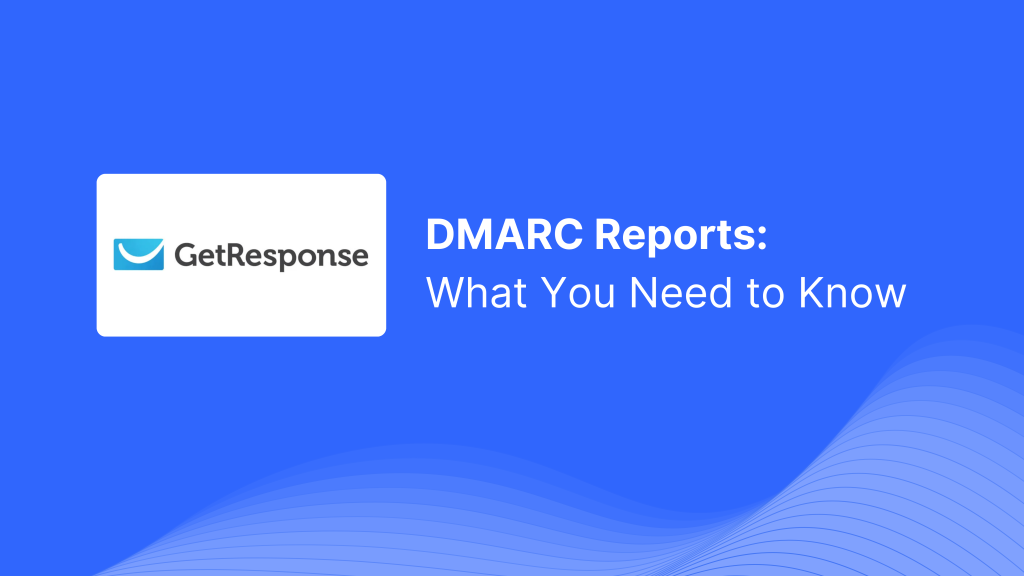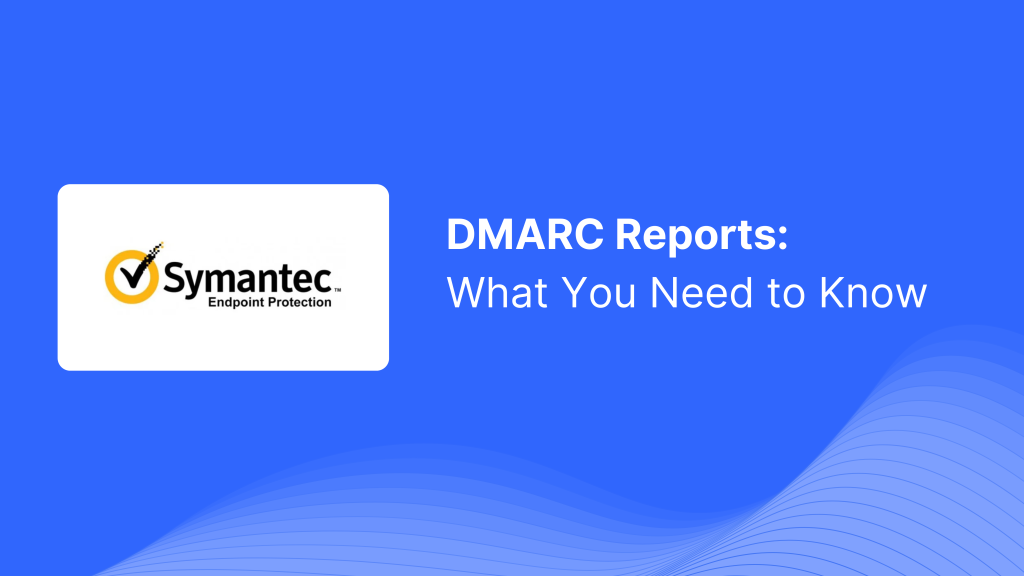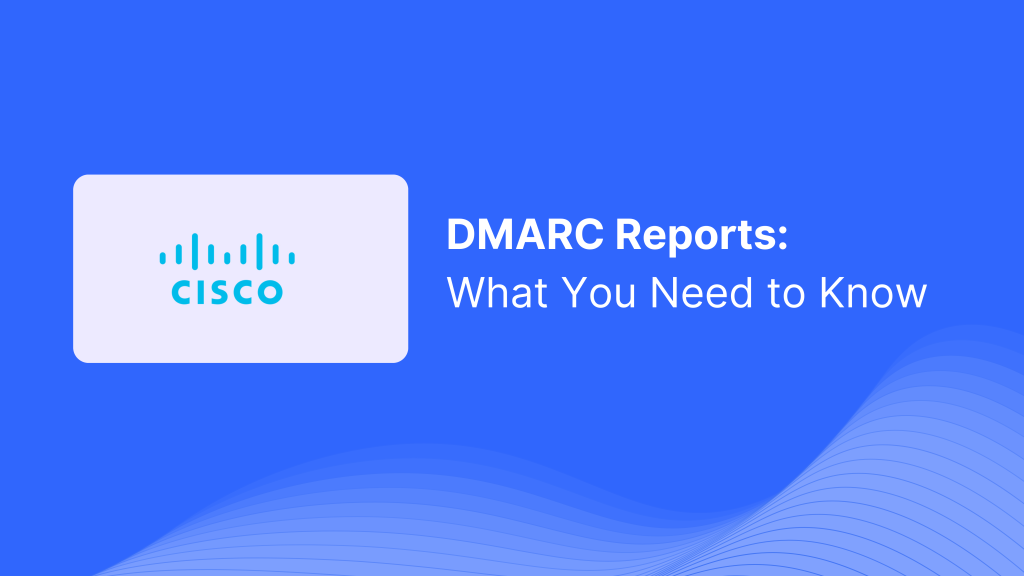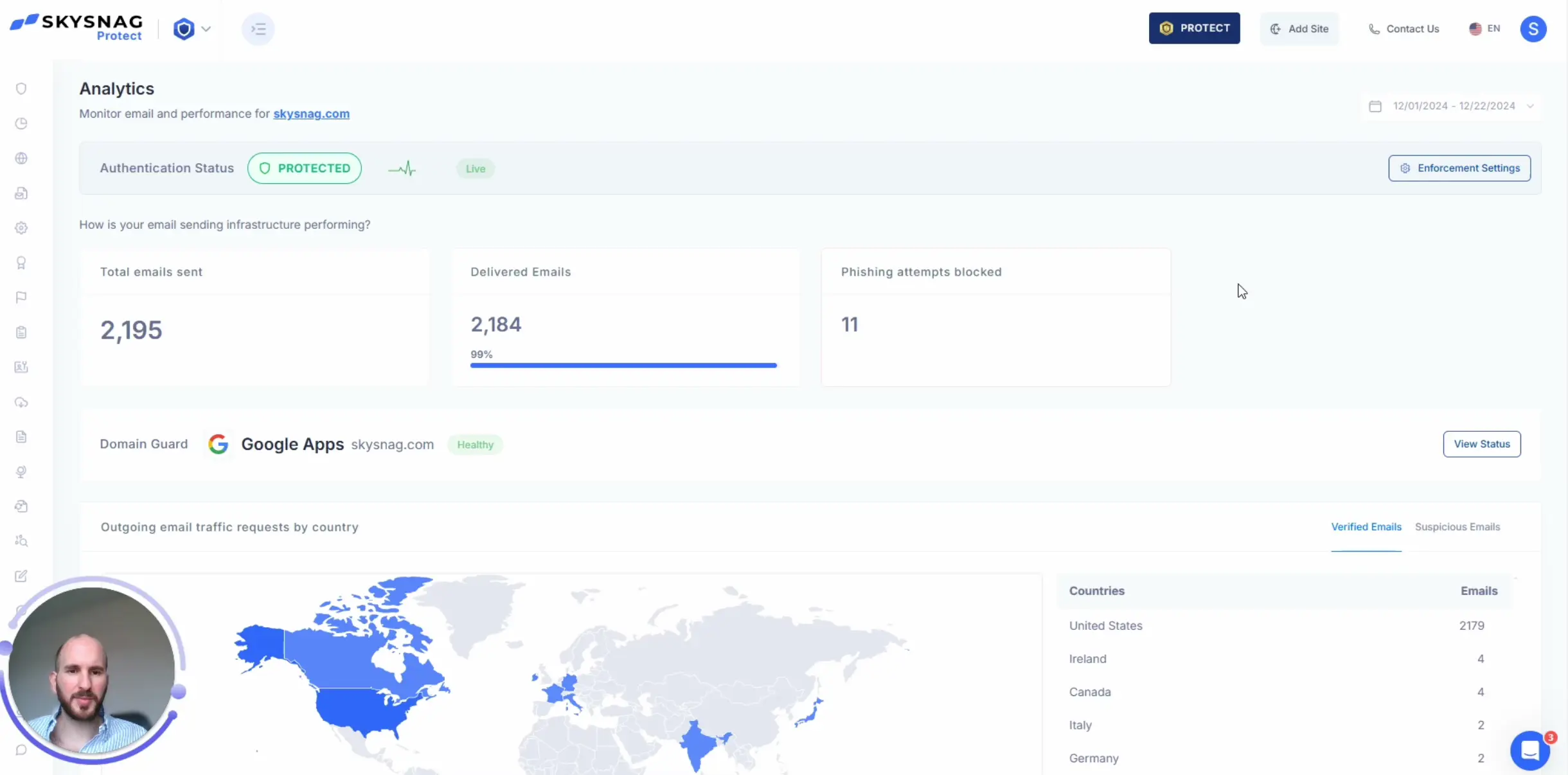DMARC Report Received from GetResponse: What You Need to Know

Understanding DMARC Reports from GetResponse
GetResponse is a popular email marketing platform that enables businesses to send newsletters, promotional emails, and automated campaigns. Ensuring that emails sent through GetResponse are properly authenticated is essential for protecting your domain from spoofing and phishing attacks, as well as maintaining high deliverability rates. DMARC (Domain-based Message Authentication, Reporting & Conformance) reports from GetResponse provide detailed insights into how recipient servers handle your emails based on SPF and DKIM alignment, helping you maintain strong email security.
Key Components of GetResponse DMARC Reports:
1. Source IP Address: Shows the IP address that GetResponse used to send your email. Monitoring this allows you to ensure that emails originate from authorized GetResponse IP addresses and not from unauthorized sources trying to impersonate your domain.
2. DKIM Alignment Results: Indicates whether the DKIM signature in the email matches the domain specified in the “From” header. GetResponse supports DKIM signing, making proper DKIM alignment critical for passing DMARC checks and improving email deliverability.
3. SPF Alignment Results: Ensures that the sending IP address from GetResponse is authorized by your domain’s SPF record. Proper SPF alignment ensures only authorized IP addresses can send emails on behalf of your domain, protecting your brand from spoofing attacks.
4. Disposition: Tells you how the recipient server treated the email—whether it was delivered, quarantined, or rejected—based on your DMARC policy.
5. Message Count: Displays the number of emails that met specific criteria and were sent from a particular IP address, helping you track the volume of emails sent through GetResponse and identify any suspicious activity.
Automating DMARC Parsing for GetResponse
Parsing DMARC XML reports manually, especially if you send high volumes of email through GetResponse, can be time-consuming and challenging. Automating this process with tools like Skysnag helps streamline DMARC management, making it easier to monitor email security and take prompt actions when necessary.
– Data Aggregation from Multiple Providers: If you use GetResponse along with other email providers, Skysnag aggregates all DMARC reports into a single, unified view. This allows you to monitor the performance of your email authentication efforts across all platforms you use.
– Visualizing Key Metrics: Skysnag converts the raw DMARC XML data from GetResponse into visual dashboards that show key metrics like DKIM/SPF pass rates, unauthorized email attempts, and active sending IP addresses. This makes it easier to quickly assess the health of your email security setup.
– Automated Incident Response: Skysnag offers real-time alerts when GetResponse emails fail SPF or DKIM checks. This enables you to take immediate action, such as updating DNS settings or blocking suspicious IP addresses, ensuring that your emails remain properly authenticated.
– Forensic Reporting: Some DMARC reports include forensic data, such as full headers from failed email authentications. For GetResponse users, this information can help diagnose why certain emails aren’t passing authentication and provide insights into potential security threats.
Ensuring Proper DMARC Alignment for GetResponse
To maximize DMARC effectiveness for GetResponse, it’s crucial that both DKIM and SPF align with the domain used in the “From” header of your emails. If there’s a misalignment, recipient servers may quarantine or reject your emails, even if other checks pass. Proper alignment helps protect your domain from being used by spammers or fraudsters and ensures that your emails reach your recipients.
Skysnag’s Custom Solutions for GetResponse:
– DKIM Key Management: Skysnag helps ensure that DKIM keys for your GetResponse emails are correctly aligned and up-to-date. If there are any DKIM misalignments or outdated keys, Skysnag will notify you, allowing you to address the issue quickly and maintain smooth email deliverability.
– SPF Flattening: Using multiple email services like GetResponse can make your SPF record complex, potentially leading to DNS lookup failures. Skysnag automates SPF flattening, ensuring that your SPF record remains optimized and stays within DNS lookup limits to prevent authentication issues.
– Policy Recommendations: Based on your GetResponse DMARC reports, Skysnag can provide policy suggestions, such as transitioning from “none” to stricter enforcement modes like “quarantine” or “reject.” This helps protect your domain from email spoofing and phishing attacks while maintaining strong deliverability.
By automating DMARC parsing and providing custom solutions for GetResponse users, Skysnag helps ensure that your marketing emails are authenticated, securely delivered, and protected from unauthorized use, all while maximizing your domain’s reputation and email performance.






